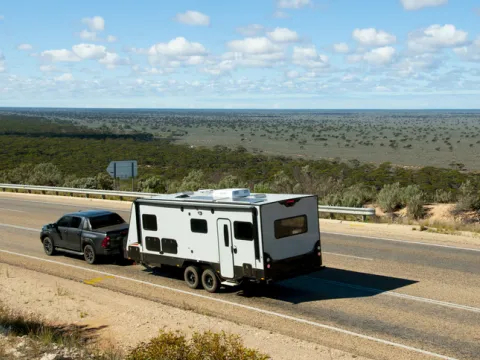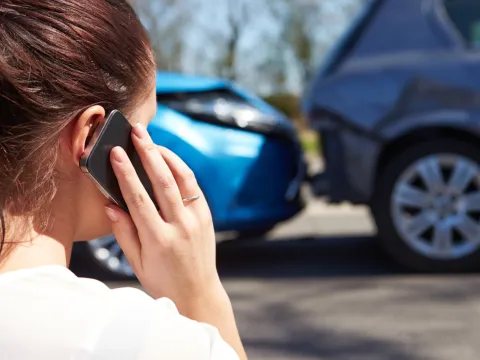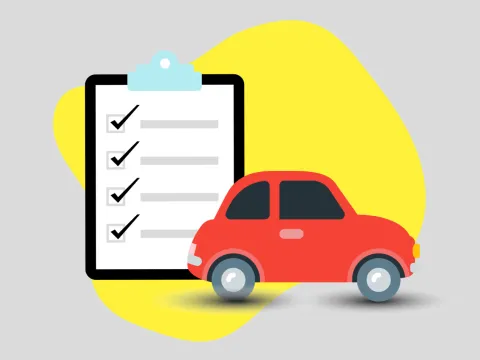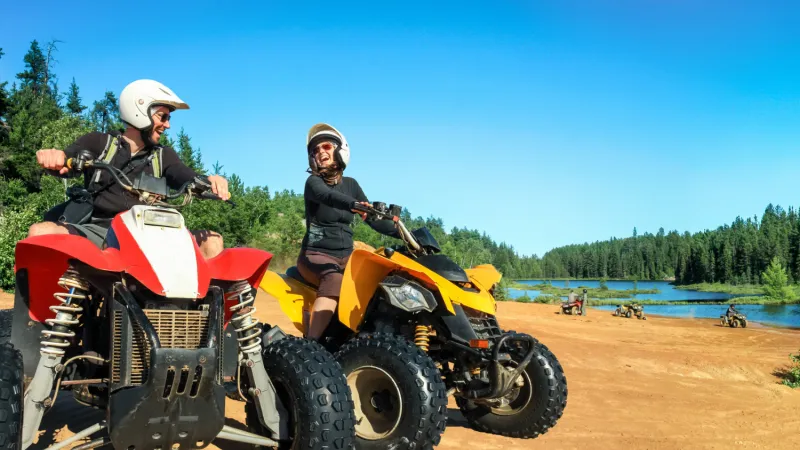
Requirement Over Recommendation: Our Tips for Driving ATVs
Summary
Reading Time
7 min
First-time ATV driver? Experienced adrenaline junkie? Side-by-side passenger princess? No matter your skill level and how familiar you are with the terrain, accidents happen. We’re here to help you with the ATV Driving Safety Tips that they don’t teach you in school, so put your closed-toe shoes on, top up the tank, and let’s get ready to rumble.
WHAT’S AN ATV?
ATV stands for All-Terrain Vehicle. There are many types of ATVs used in Canada, like quads, four-wheelers, and side-by-sides. ATVs are legal to drive in Canada with a helmet and a valid driver’s license; however, they are not road legal. What this means is that as long as it’s not being driven on any major roads or highways, ATVs are a way to get from point A to point B. ATV regulations vary from province to province, so it’s vital to be up-to-date on the instructions set by your region, and if you’re travelling to another province with your ATV, know their rules and restrictions, too.
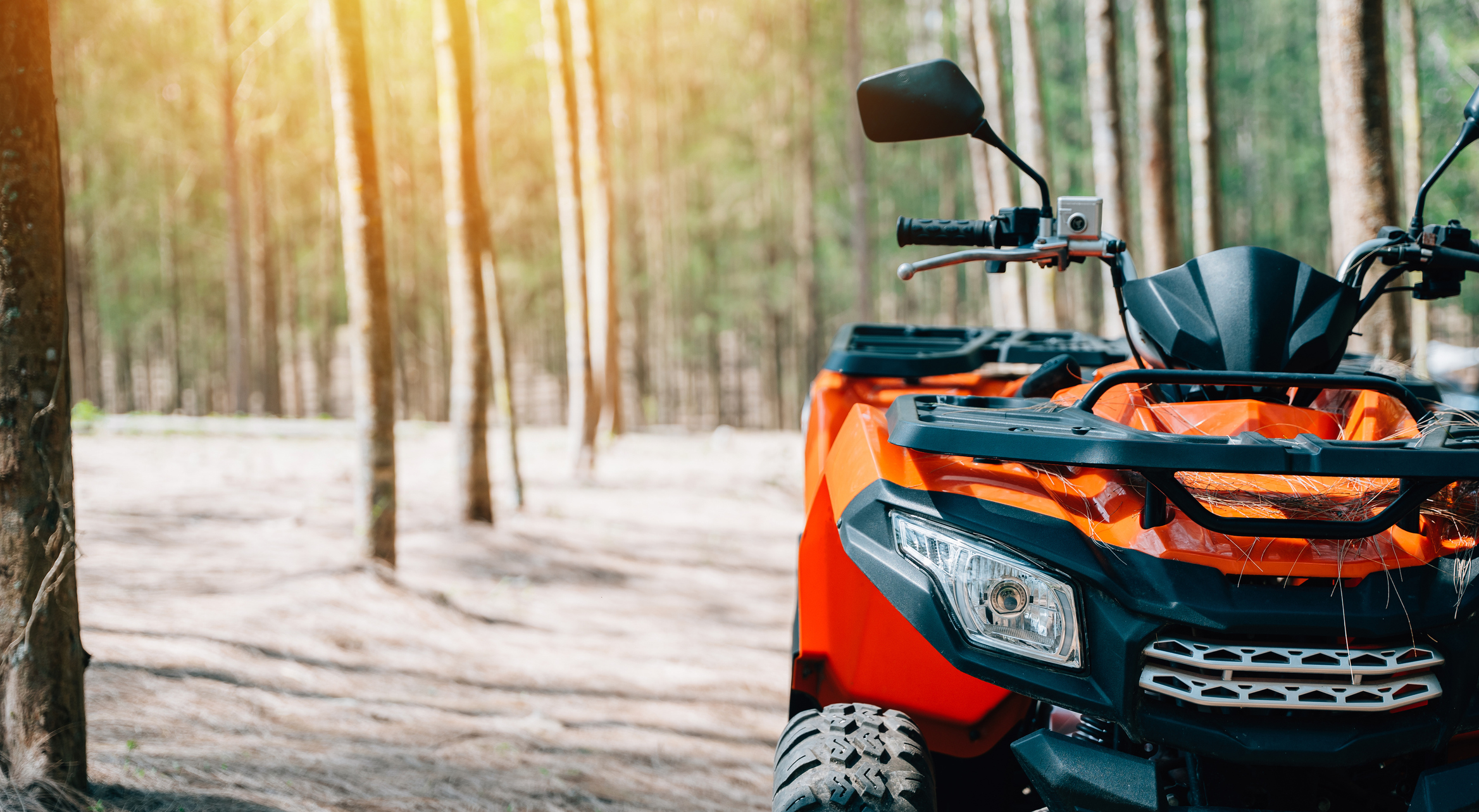
BEFORE YOU GO
Now that we’re in the same gear, there are things you can do in advance to ensure a safe ATV ride, like…
- Top us with gas and oil.
It’s not very fun to get lost and waste gas cruising around in what could be the entirely wrong direction. Even if you’ve done this route a million times before, don’t underestimate the importance of always leaving home on a full tank. The same tip applies to you, too, snowmobilers. Tire pressure and tread.
When temperatures fluctuate, so does tire pressure. On top of this, when every road you drive your ATV on is unpaved and unlevel, a slow leak is unavoidable. Be sure to check your tire pressure frequently according to the specifications in your owner’s manual. When it comes to tires on off-road vehicles, you can check your tread with a depth gauge or the good ol’ nickel trick. Put a nickel in between the gaps on your tires with Queen Elizabeth II’s crown facing down. If you can see the top of her crown still, your tread is worn down, and your tires will need replacement. While you’re checking the tires, if your ATV uses a chain belt, make sure the chain is adjusted properly and moves smoothly with the rotation of the wheels.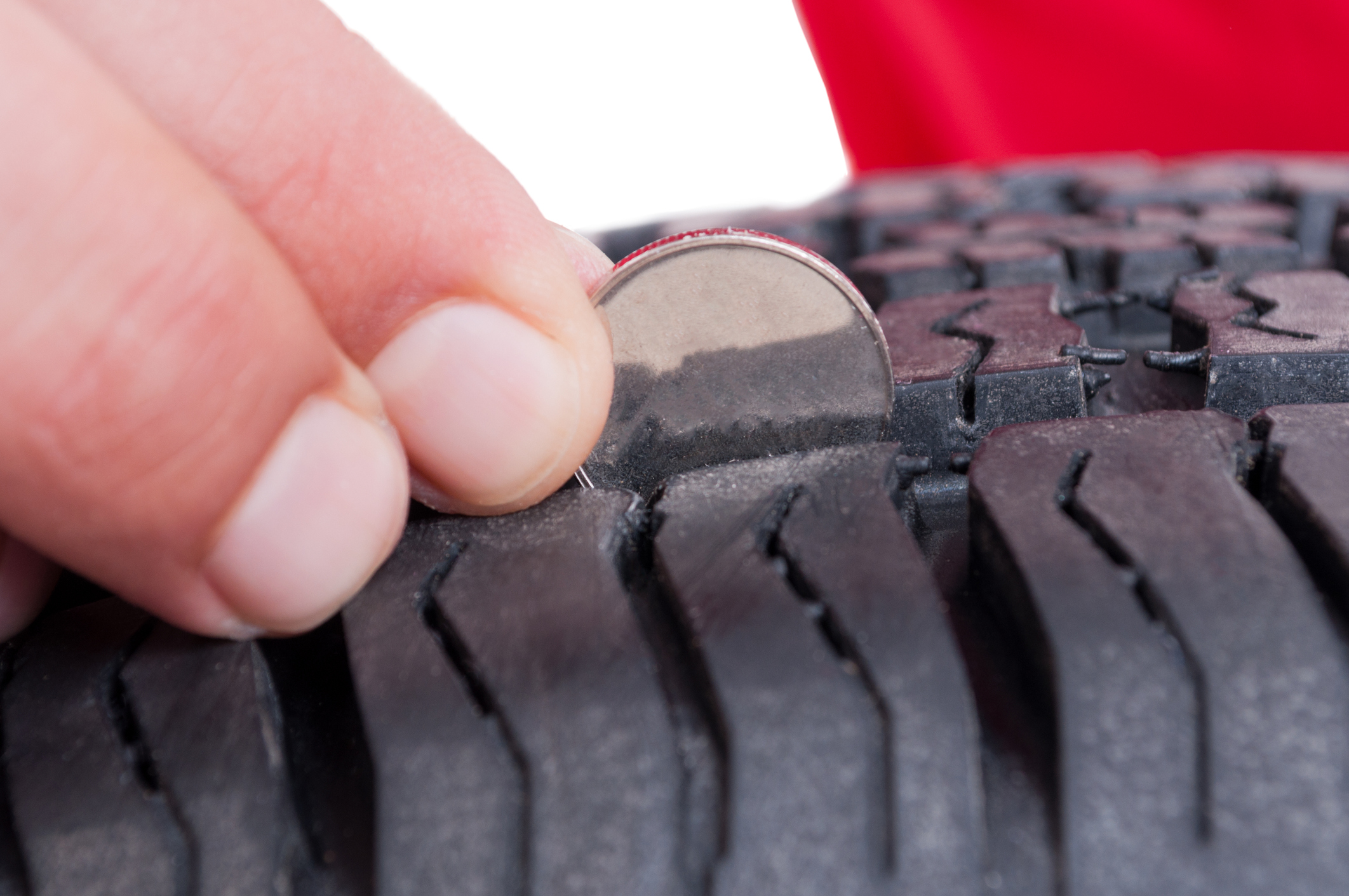
- Plan your route/area and scope out the terrain.
If you’re venturing to an area where you’ve never been before, ask some ATV experts in the area their thoughts and tips. Always plan your route with a map or GPS in advance like onX or Polaris RIDE COMMAND. If it’s possible, scope it out beforehand with your own eyes to see what you’re working with. - Test out your throttle and brakes.
Brakes can wear out, and throttles can be stronger than advertised. Before you hit the road, go slow and test out your brakes and throttle. - Wear the right gear.
And this is coming from Sandbox: beach shoes won’t do the job for this. There, we said it! Yes, we approve of the attire for everyday wear, but for something like this, closed-toe footwear is the way to go. And yes, helmets are a requirement, not a recommendation. Get one that fits comfortably on your head and has a protective visor… those tree branches love to come out of nowhere.
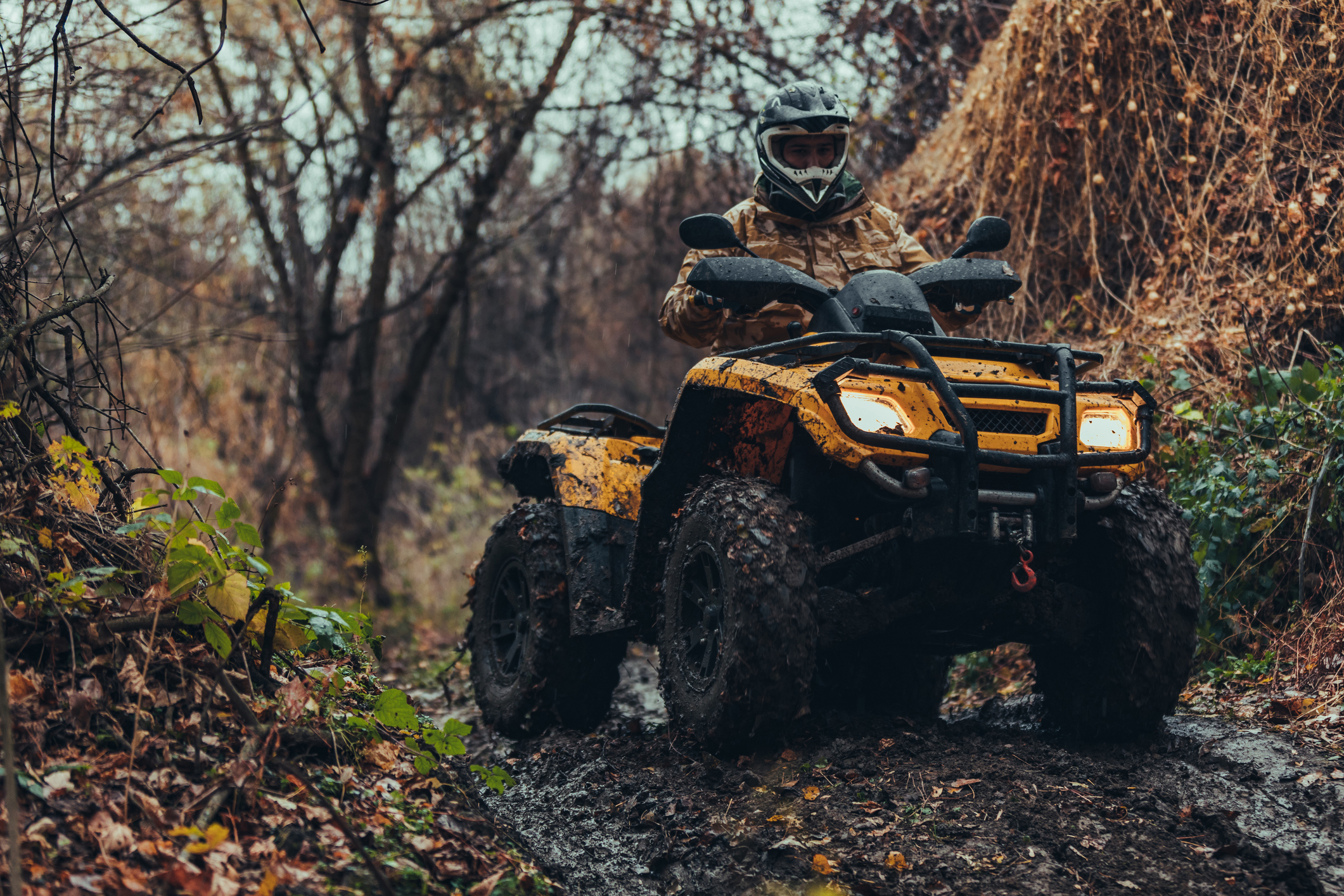
- Bring the right things with you.
If your ATV comes equipped with a storage compartment, tuck away a first aid kit, owner’s manual, mini tool kit, water bottle, and extra clothing. Most ATVs come equipped with their own set of tool kits. If yours didn’t, try to put one together yourself. Just think about it: if you get stranded or injured, you’ll have a few supplies to help the situation that can make a difference, versus nothing at all. - Don’t overload your vehicle with passengers.
ATVs make this bit really easy with their design. It’s simple: Only carry the number of passengers for the number of seats. Instead of riding together, try taking turns. - Warm it up.
Like all vehicles, ATVs are no different when it comes to this. Don’t be overly eager and put it in drive upon starting. Once you turn the ignition, allow your ATV at least five minutes to warm up and let things circulate. - Tell a friend.
Before you embark on your thrill ride, notify a loved one where you’re going and when you’re expecting to be back. If you’re doing this, why not go the extra mile and share the route you’re planning with them, too? This way, if you’re not back, they’ll at least have an idea of where you went. - Don’t drive impaired.
Yeah, enough said. You can probably imagine that ATVs and alcohol don’t mix well. Seek alternate transportation or if you have a two-seater, assign a designated driver in advance to get home safely.
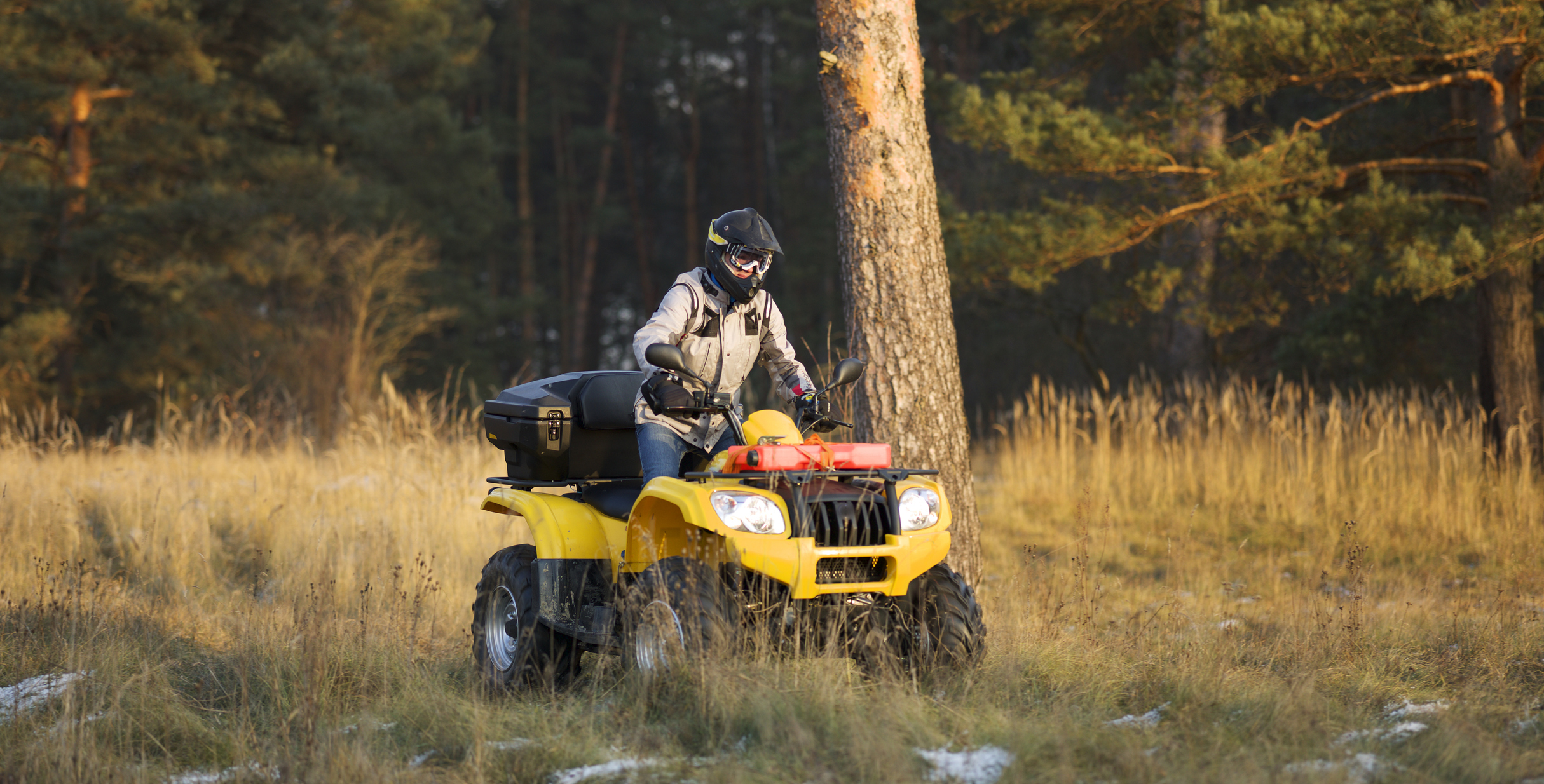
HITTING THE TRAILS
- Equal weight distribution.
When driving an ATV, evenly distribute your weight throughout the seat. The only time this doesn’t apply for is hills. - Avoid puddles and potholes.
It’s impossible to tell how deep they are. If you can go around them, do it. If not, slow down to an idle and proceed with caution. - Keep a safe following distance.
If you’re cruising some terrain with a buddy, try to be beside each other on the trails. We know this isn’t possible when passageways are narrow, so if that’s the case and you need to drive single file style, ensure you have a safe following distance. - Wear a helmet and proper protective clothing.
Dress appropriately for the weather, avoid loose clothing and dangly jewelry, closed-toe shoes, and always, always, always wear a helmet. We already said it once, but it never hurt to mention it twice. - Just because it goes “x” number of kilometers, doesn’t mean you should.
ATV models get faster and faster by the day, it seems. Remember, those ATVs are designed with motorsports and Powersports in mind, so that doesn’t mean that because they can go a certain speed that you should.
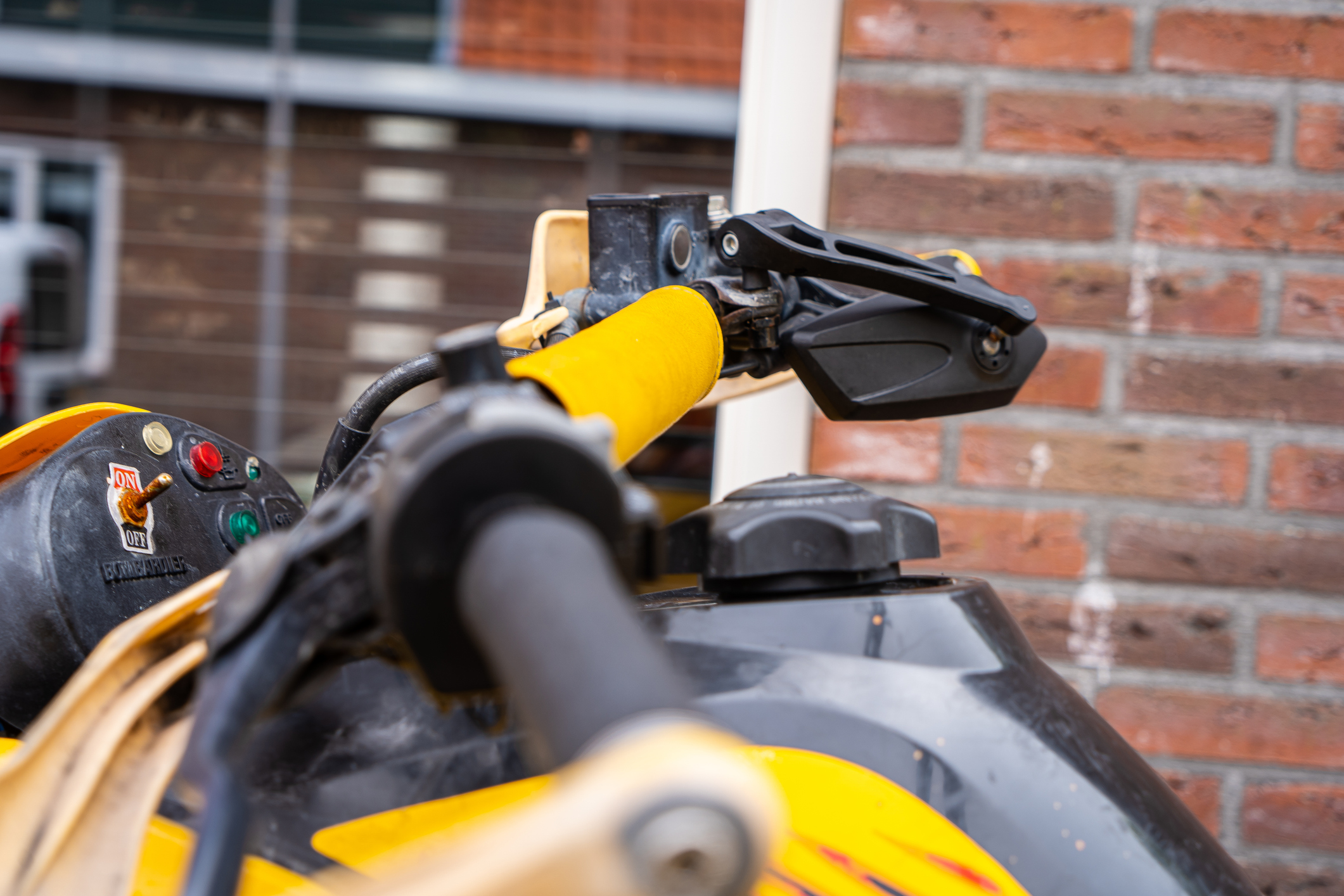
- Keep your feet on the footrests at all times.
Every quad comes equipped with footrests, whereas side-by-sides will utilize pedals. Keep your feet secured in these footrests to maintain your balance and weight. - Never ride past your vision limit.
What does this mean? Well, if you can’t see what’s on the other side of something, go slow and proceed with caution. Hills, bends, streams—it all applies. - Hills.
Here’s our recommendation when it comes to driving on hills: For going up hills, shift your body weight forward. If your weight is at the back of the ATV, it will be trickier to go up the hill, forcing your ATV to work harder and causing the potential for rolling down backward… and you don’t want that. For going down hills, shift your body weight back. If you hit a bump or large rock, you don’t want to plunge over the handlebars. - Stay out of the water.
Streams, swamps, puddles—you can’t tell how deep they are. If you have to ride through water, proceed slowly and try to avoid large, wet rocks as they may be slippery or hard to gain traction on. - Approaching livestock or wild animals.
Remember, animals can hear you but that doesn’t mean they necessarily see you. When nearby or approaching animals who may get easily startled such as horses or moose, be sure to go slow and give them lots of room. - Landmarks and signage.
Try to remember landmarks or signage as you ride. If you get lost, those landmarks will be crucial in finding your way back. - Be mindful of the environment and regulated places to drive.
Don’t destroy crucial ecosystems or drive on any highways with your ATV. If you need to get to a destination that involves highways or going near wildlife sanctuaries, try to find an alternate route, even if it takes more time.
Even with this knowledge now top of mind, there’s always that one accessory that gets overlooked, and you guessed it—it’s ATV insurance in Saskatchewan. You can’t dodge every obstacle life throws your way, and that’s where Sandbox Mutual Insurance comes in. ATV coverage is type of auto insurance that we offer in Saskatchewan. It includes collision/upset, increased ATV liability insurance limits, specified perils, comprehensive coverage, and more, with optional coverages added on. So, before you kick up that dirt, conquer the great outdoors with ATV Insurance. Get an ATV insurance quote from a broker near you for a Saskatchewan ATV insurance policy today!
Please note that the information in this article may not accurately reflect your insurance policy from Sandbox Mutual Insurance or another insurance company. Please refer to your policy or talk to your broker about your specific coverages.

FAQ'S
Do I really need ATV insurance if I’m only riding on private land or familiar trails?
Absolutely. Even if you’re cruising the same trails you’ve ridden for years, accidents happen — sometimes faster than your quad can kick up dust. ATV insurance protects you from unexpected damage, collisions, theft, and liability. Think of it as the helmet for your wallet — essential, not optional.
What’s the most important thing to check before riding my ATV?
It’s tough to pick just one — but fuel, tire pressure, and brakes are your holy trinity. A full tank, properly inflated tires, and responsive brakes can prevent the majority of avoidable mishaps. (And trust us, nothing kills the vibe faster than walking your ATV home.)
Why does protective gear matter so much if I’m not riding fast?
Because ATVs don’t need speed to cause injuries, uneven terrain, hidden obstacles, and surprise wildlife encounters can happen at any pace. Closed-toe shoes, gloves, proper clothing, and a fitted helmet protect you from the unexpected. Bottom line: dress like you plan to stay safe, not like you hope to.

